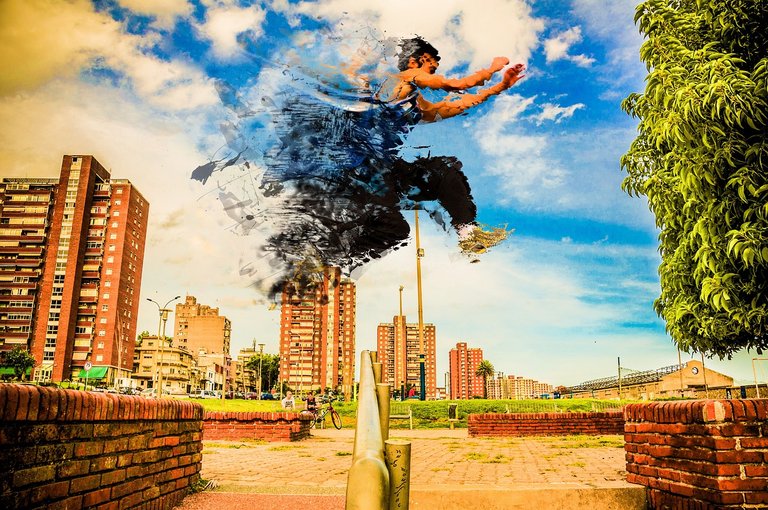Parkour, also known as the “art of movement,” is not only a form of physical training, but also a profound expression of human freedom and creativity. Originating on the streets of France, this discipline has completely redefined the way we look at cities and urban spaces, transforming obstacles from barriers into opportunities. But what makes parkour so captivating and why does it attract people from all over the world?

At the heart of parkour is a simple yet powerful principle: overcoming obstacles in an efficient, natural, and creative way. Whether it’s a jump over a barrier, an agile climb up a building, or a fluid roll across asphalt, each movement aims to connect the body and mind. For parkour practitioners – called traceurs – every street corner, every railing or building becomes a playground, a challenge waiting to be conquered.
However, where it all began - The origins of parkour
Parkour has its roots in France in the 1980s, inspired by military training methods and the life philosophy of its founder, David Belle. His father, Raymond Belle, a former French soldier, instilled in his son the idea that a well-trained body is the best weapon for survival.

David Belle took this idea further, adapting military techniques for the urban environment. Together with a group of friends, he began to explore how they could overcome the obstacles encountered on city streets. These pioneers of parkour created a cultural movement that, in just a few decades, conquered the entire world.
Due to its spectacularity, parkour quickly captured the attention of the entertainment industry. Films like Casino Royale (2006), in which a professional traceur provided one of the most memorable chase sequences, brought this discipline to the attention of the general public.
Video games, such as the Assassin's Creed series or Mirror's Edge, have also been heavily inspired by parkour, offering players the virtual experience of free movement.
Today, parkour is no longer just a niche... but has simply become a global phenomenon, practiced in specially designed parks, on the streets and even in gyms.
However,.....what does the future of this sport look like in a world where technology is becoming increasingly ubiquitous? Combining parkour with technological innovations promises to take this discipline to a new level, transforming not only the way it is practiced, but also the perception of it.
In the age of smart devices, smart equipment is about to revolutionize parkour - smart clothes and shoes with haptic feedback, watches and advanced fitness bracelets. With specialized parkour algorithms, these devices could become the "digital trainers" of the future.
In my opinion, virtual reality (VR) together with the infinite Metaverse will become a playground. Gamers passionate about movement could learn basic or advanced techniques through VR games dedicated to parkour. These playful experiences would not only teach precise movements, but would inspire a new generation to try the sport in real life...of course, if it is practiced in a physical environment.!!!
https://youtube.com/shorts/s54-cbheuUU?si=K6YDkTbr9kyw3ynv
Parkour is, by definition, about adapting and overcoming limits. Combining it with technology only expands these limits, offering practitioners unprecedented opportunities. Whether we're talking about safer training, virtual international competitions, or simply new ways to experience movement, the future of parkour is a fascinating one.
